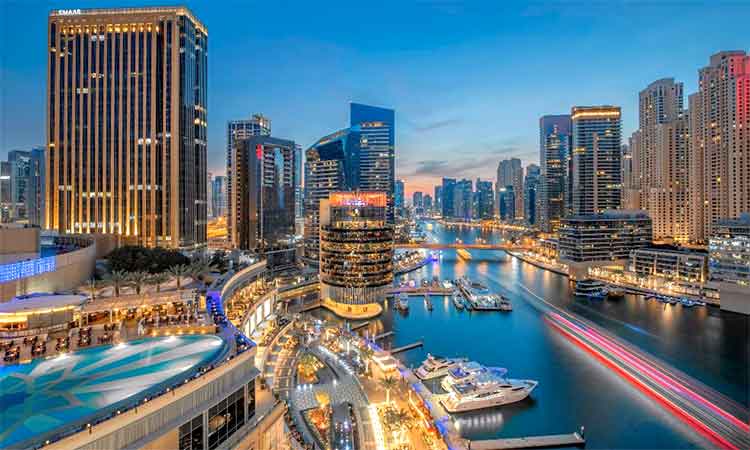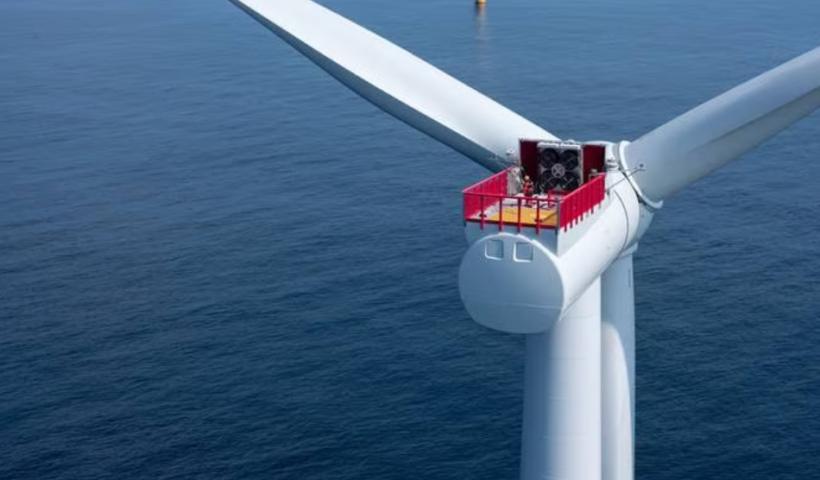Thanks to its strategic position, pleasant environment, and liberal trade laws, Dubai has become a popular destination for businessmen from all over the world. The city can provide a special opportunity for ambitious people wishing to expand their enterprises.
The journal continued by saying that the prospective tax benefits and appealing labor laws are two of the most significant benefits for entrepreneurs who expand their firms in Dubai because the emirate offers a business-friendly tax environment.
The UAE declared that it would enact corporation taxes in 2022 to aid small enterprises. The UAE wants to keep its position as a top location for business and investment, thus the legal tax rate in the nation will be 9% on taxable income that exceeds Dhs375,000 ($102,000). This is one of the lowest and most competitive corporate tax rates in the world.
Entrepreneurs may be able to improve their revenues as a result and reinvest them to expand more quickly.
Dubai may be a desirable location for businesspeople looking to increase their financial earnings because there are no personal income taxes and no taxes on investments in stocks, real estate, or other financial assets.
Additionally, the government has created free zones for foreign investors, which offer specialized support services and streamlined procedures.
The ability to repatriate cash and profits is one among the many benefits offered by these free zones, along with 100% ownership, exemptions from import and export duties, and corporation and income tax exemptions.
The city draws in a talented labor force from a variety of backgrounds, which contributes to the development of a multicultural corporate climate that fosters cooperation and innovation. To help their firm expand more quickly, entrepreneurs can access a wide network of like-minded people, potential customers, investors, and mentors.
Entrepreneurs in the technology and e-commerce industries have a distinct advantage in Dubai as well as the chance to profit from underserved markets with lower levels of competition. Dubai keeps growing as a significant participant in the technology and e-commerce industries, even though other big global technology hubs may be full. Entrepreneurs can increase their market share and position themselves as industry leaders by being an early adopter and providing creative solutions.
The city embraces technology advancements and works to create a futuristic setting that encourages creativity across a range of industries.
Dubai-based businesses looking to grow can take advantage of this ecosystem and cutting-edge programs that promote innovation and creativity.


